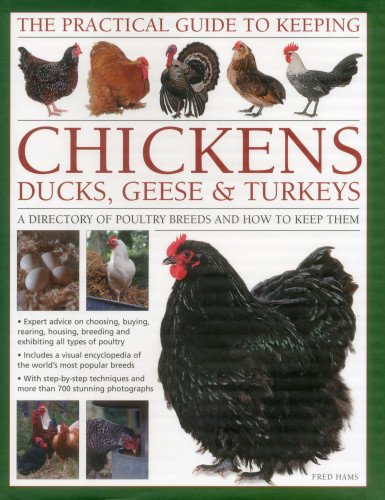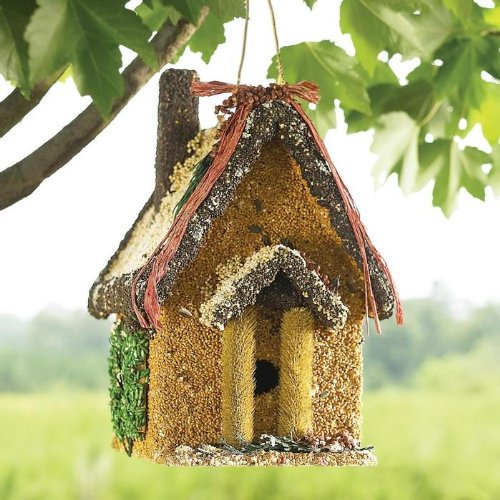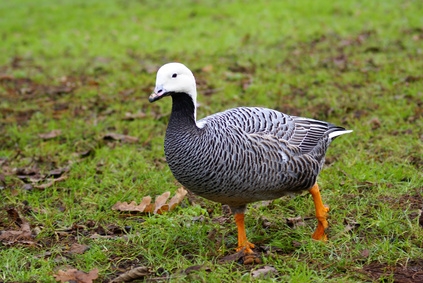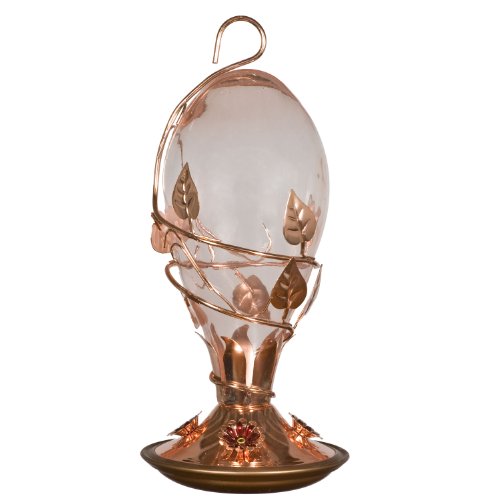
Pest birds like pigeons are a big problem in many areas. Bird droppings are not only unsightly, they cause safety and occupational hazards for humans. For example, pigeons are infested with bird mites and other parasites that transmit a number of terrible diseases.
A safe and effective way to block birds from an area is to install a durable netting that prevents birds of all sizes from settling into or upon windowsills, pipes and gutters, roofs, statues, support structures, ledges, outdoor air conditioning systems, billboards, eaves and louvers, domes, steeples, trees and gardens and more.
Bird netting is used in many large cities at universities, companies and other municipal buildings to prevent pigeons and other pest birds from entering the area. It's a cost effective solution that saves these cities millions of dollars in the labor and material it would take to constantly keep these sites clean and in good repair.
Bird netting prevents pest bird droppings from corroding and destroying metal, finishes and paint. It also ends the threat of exposing occupants of a building to any illnesses related to birds like West Nile, E. Coli, Avian Flu and Salmonella. These diseases and others are health concerns can create legal liabilities that could potentially put a company out of business if not properly addressed. If a health department inspects a property and finds bird infestations, the fees and fines can be astronomical.
Bird netting comes in a variety of sizes to accommodate large and small birds. For seagulls and pigeons, 1-1/8" mesh should be adequate. For sparrows and smaller birds, a 3/4" mesh is available in various strengths. Many bird netting manufacturers offer flame resistant and waterproof netting that is durable and designed to withstand the elements. Bird netting is more or less invisible from a distance, but it is offered in a variety of colors and tones.
Bird netting is also available for gardens. This type of netting will protect trees, bushes and plants from birds and other garden intruders. Gardeners simply drape the lightweight netting on growing garden vegetables or wrap it around bushes and trees. Larger commercial growers often frame their crops by creating a netting roof over a larger site. Garden bird netting can be purchased as bags for wrapping bushes and sheets for the garden.
 The Maran Chicken
Poultry BreedsThe Maran Chic
The Maran Chicken
Poultry BreedsThe Maran Chic
 Old School New Body Pdf
It is wise need you. You will a dedicated mind. You need ma
Old School New Body Pdf
It is wise need you. You will a dedicated mind. You need ma
 How to Make Edible Bird Houses That Double as Homemade Bird Feeders
If you love the idea of crea
How to Make Edible Bird Houses That Double as Homemade Bird Feeders
If you love the idea of crea
 Northern California Bird Identification
Northern California Bird Identification
Northern California Bird Identification
Northern California Bird Identification
 Hummingbirds and Flowers
Using a homemade hummingbird
Hummingbirds and Flowers
Using a homemade hummingbird
Copyright © 2005-2016 Pet Information All Rights Reserved
Contact us: www162date@outlook.com